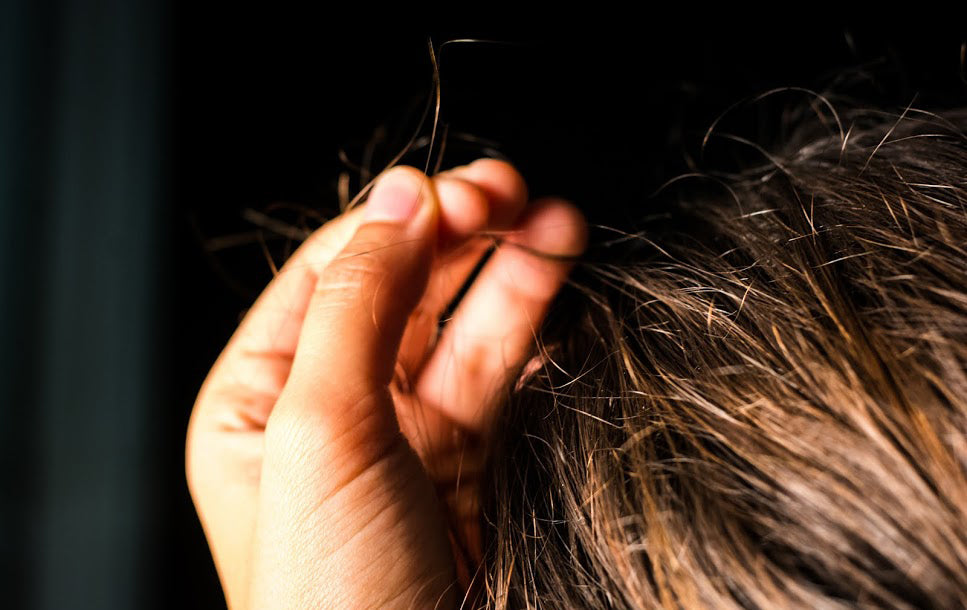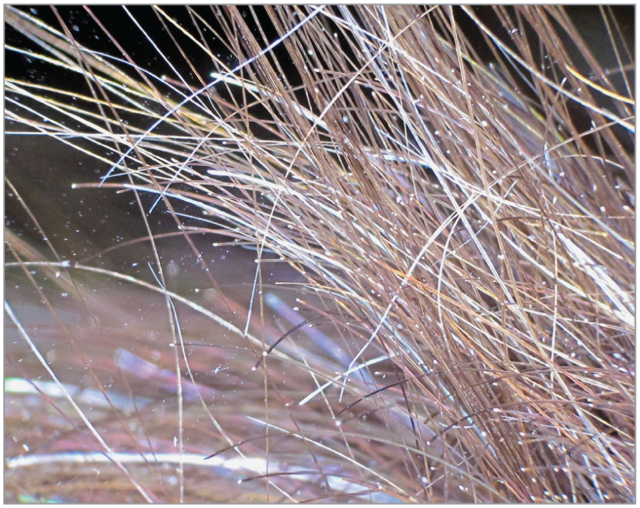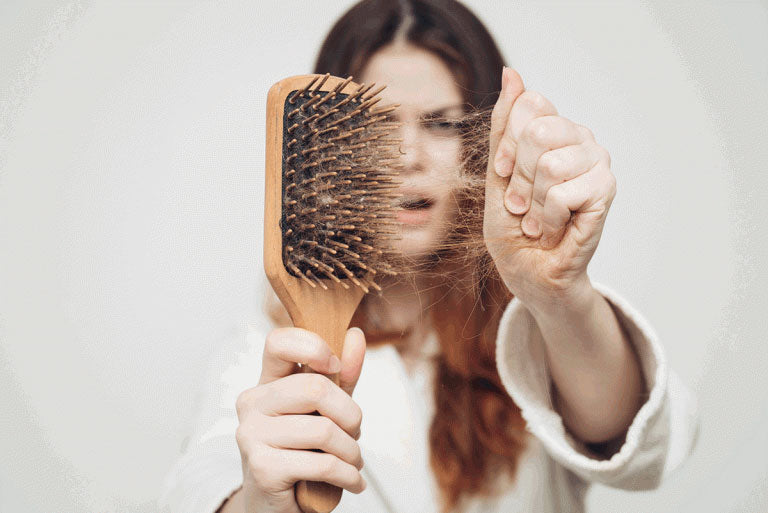Trichotillomania is the recurrent and difficult to control hair pulling. Pulling most often occurs on the scalp , eyebrows, and eyelids, but it can occur in other areas of the body. People with trichotillomania often describe an irresistible urge to pull their hair out. This behavior is therefore very difficult to control.
Many people with trichotillomania believe that they should be able to stop the habit through willpower alone. So they feel embarrassed that they have trouble stopping pulling their hair out. Hair loss from repetitive plucking can also lead to additional social isolation and distress. The good news is that there are effective treatments for this condition. We'll review the best treatment options below.
Treatment of trichotillomania (non-drug)
Cognitive behavioral therapy
Research has shown that habit reversal training, a type of cognitive behavioral therapy (CBT), is very effective in treating trichotillomania . This is the treatment of choice for this condition.
This treatment often involves recording in the moment your hair pulling urges and behavior along with other information, including the date, time, location, thoughts and feelings before and after the behavior. . Recording not only helps you become aware of your hair-pulling impulses and behavior, but also helps you identify any patterns, such as a specific time, place, feelings, or activities associated with the behavior.
Hair pulling retarders
Another key part of treatment is implementing strategies to reduce the likelihood of pullout. It’s about putting “speed bumps” in place that will prevent you from engaging in hair-pulling behavior. What does this look like? Therapists may ask people who pull out their hair to wear a hat or put bandages on their fingers. They may ask you to place visual reminders (STOP!) at the specific location where plucking usually occurs.
It is important to realize that every person is different. You may need to take the time to experiment with various techniques to find the ones that work for you!
Finally, treatment involves replacing hair pulling behavior with less dangerous behaviors. For example, when you feel like pulling your hair, you may be asked to make a fist, squeeze a stress ball, or play with a toy. The goal is to prevent you from engaging in hair-pulling behavior when you feel like it.
Also discover trichorrhexis invaginata and other hair problems you can face!



